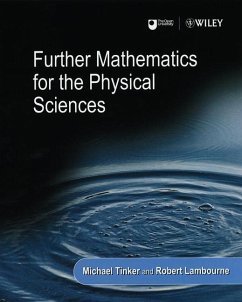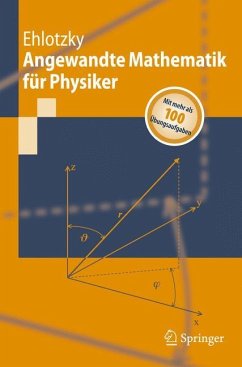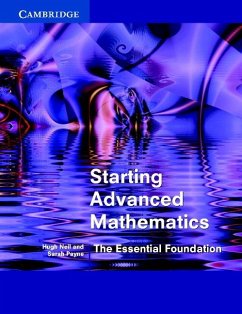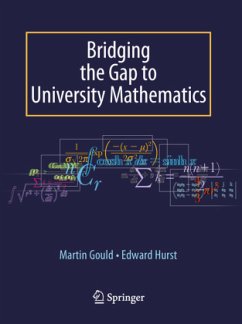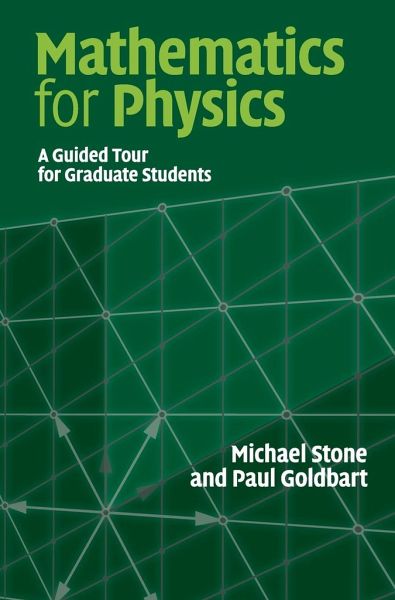
Mathematics for Physics
Versandkostenfrei!
Versandfertig in 1-2 Wochen
95,99 €
inkl. MwSt.
Weitere Ausgaben:

PAYBACK Punkte
48 °P sammeln!
An engagingly-written account of mathematical tools and ideas, this book provides a graduate-level introduction to the mathematics used in research in physics. The first half of the book focuses on the traditional mathematical methods of physics - differential and integral equations, Fourier series and the calculus of variations. The second half contains an introduction to more advanced subjects, including differential geometry, topology and complex variables. The authors' exposition avoids excess rigor whilst explaining subtle but important points often glossed over in more elementary texts. ...
An engagingly-written account of mathematical tools and ideas, this book provides a graduate-level introduction to the mathematics used in research in physics. The first half of the book focuses on the traditional mathematical methods of physics - differential and integral equations, Fourier series and the calculus of variations. The second half contains an introduction to more advanced subjects, including differential geometry, topology and complex variables. The authors' exposition avoids excess rigor whilst explaining subtle but important points often glossed over in more elementary texts. The topics are illustrated at every stage by carefully chosen examples, exercises and problems drawn from realistic physics settings. These make it useful both as a textbook in advanced courses and for self-study. Password-protected solutions to the exercises are available to instructors at www.cambridge.org/9780521854030.





